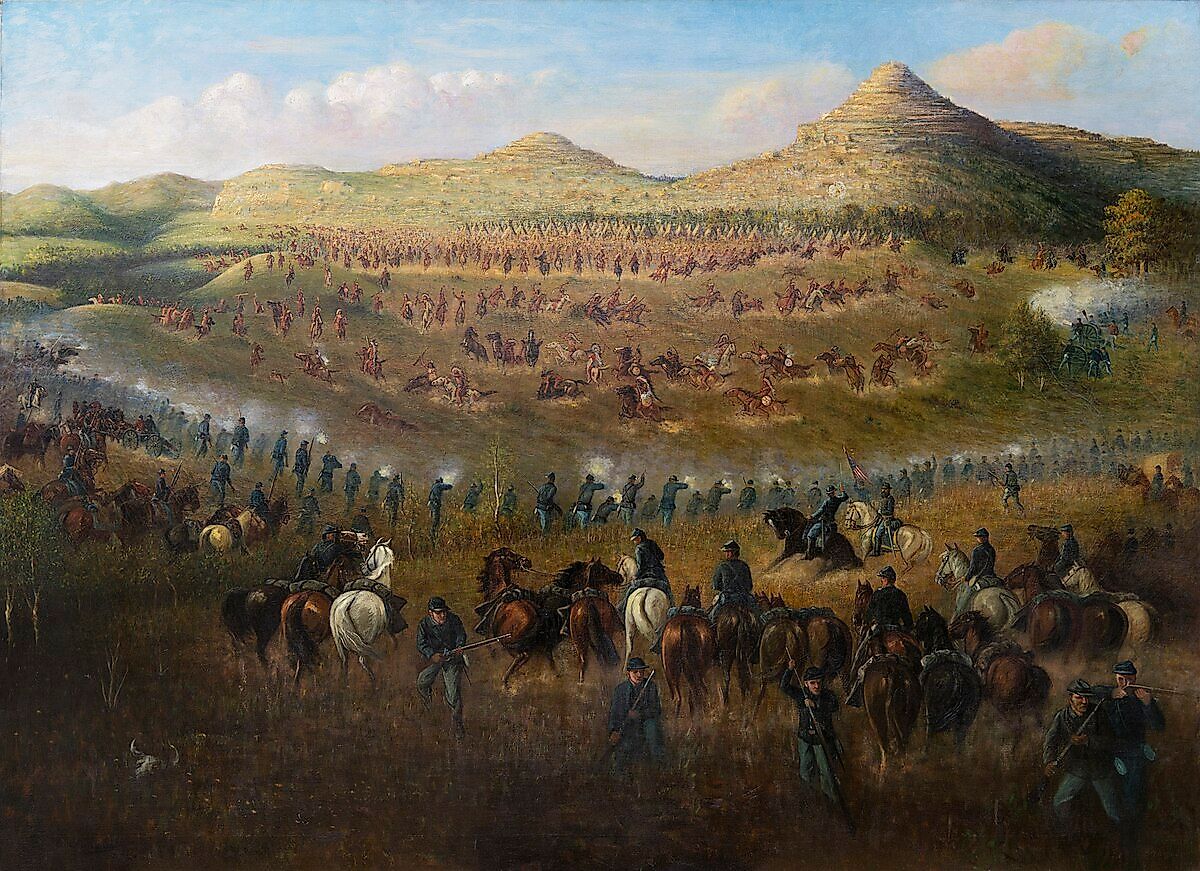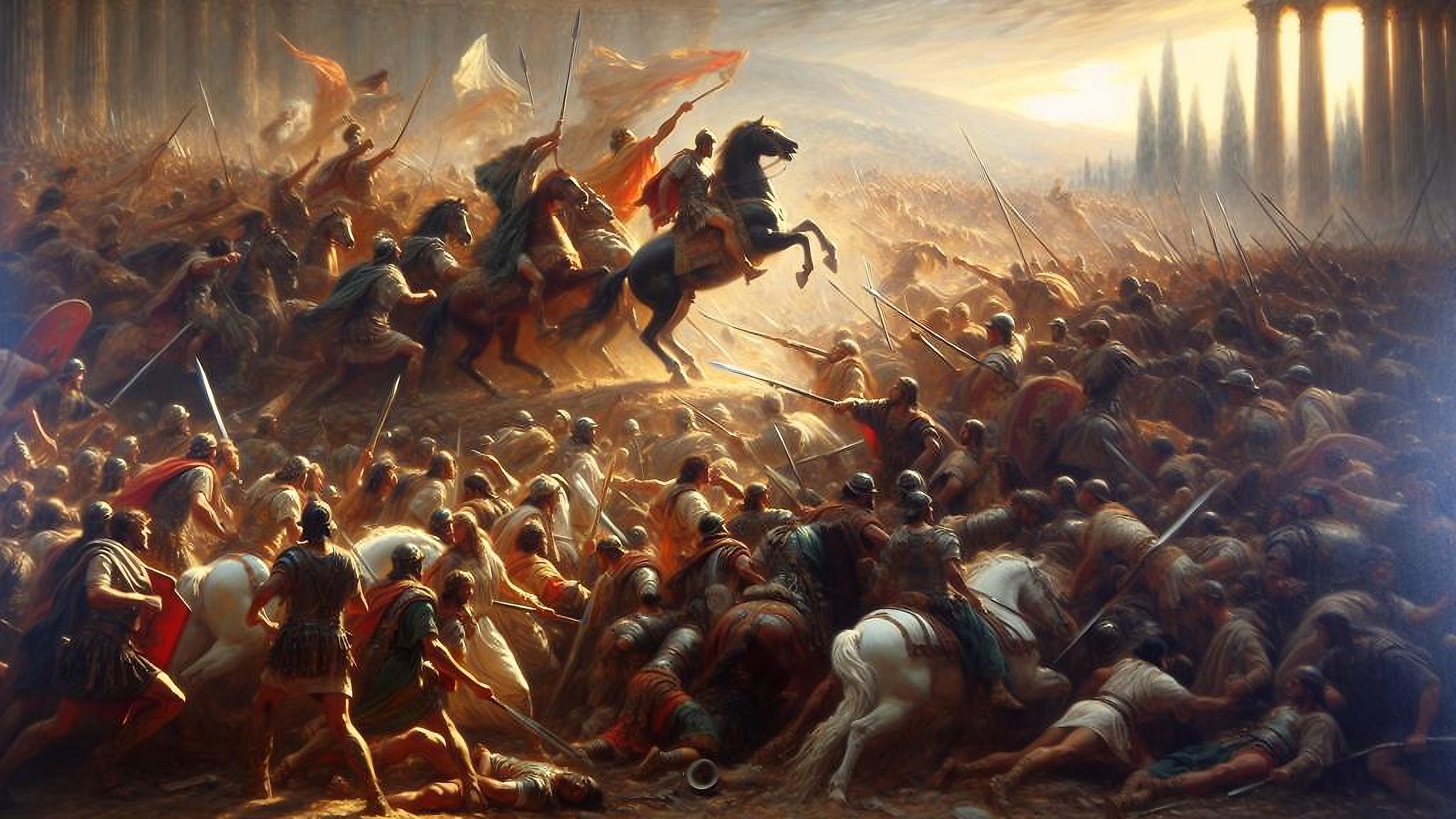
The Roman Empire During the Flavian Dynasty
Throughout Rome's long history, various dynasties sat at the head of the empire. The Julio-Claudians, Severans, and Nerva-Antonines are perhaps the most famous, but another dynasty, the Flavian, is often overlooked. Although their successive rule was short-lived, it certainly left its mark on Roman society and made long-lasting changes to the empire. While their edicts and decisions might not seem groundbreaking today, the Flavian Dynasty had a profound impact on Rome in terms of domestic and foreign policy.
Who Were The Flavians?
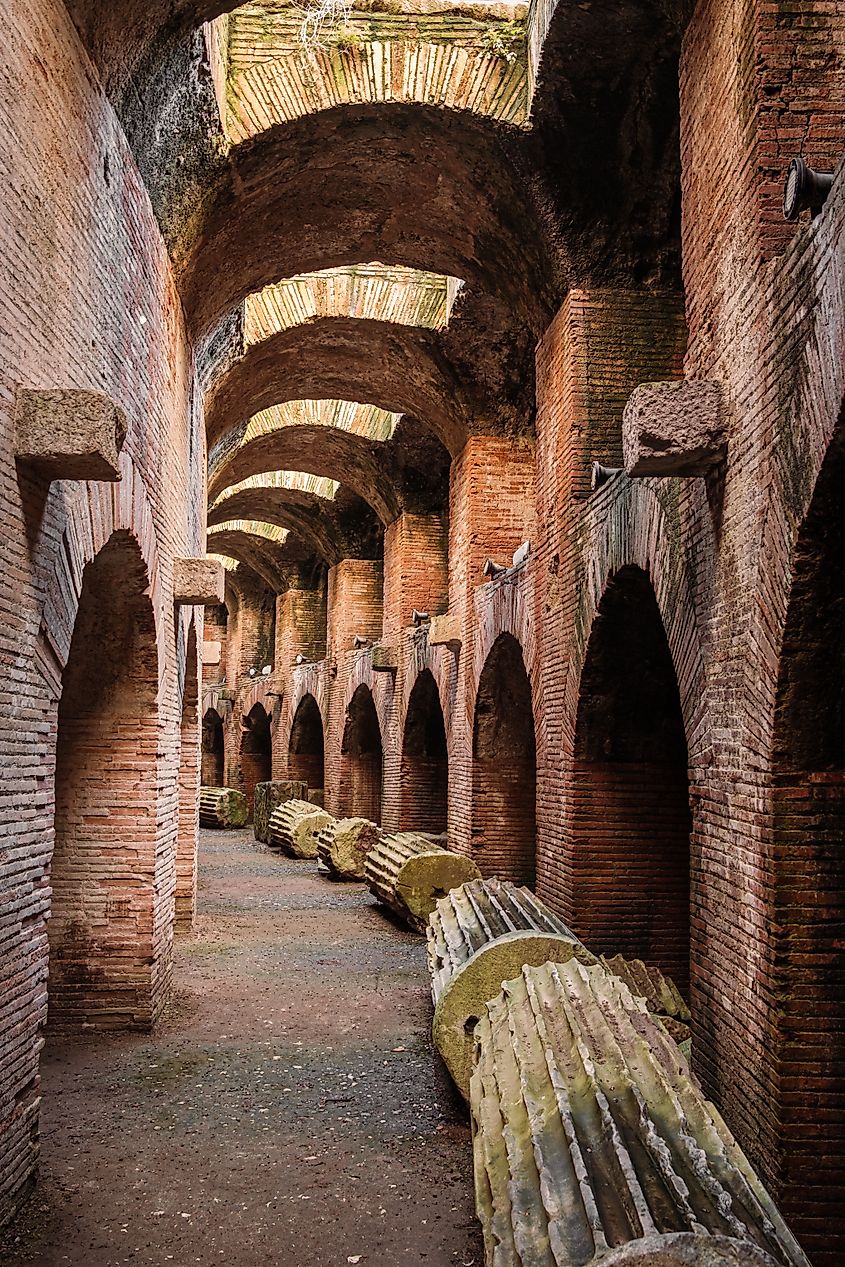
The Flavians were a small and obscure family only a few centuries before their dynasty ascended to the throne. Ironically, the Flavians gained much of their wealth, power, and influence under the rule of the previous Julio-Claudian dynasty.
Titus Flavius Petro, the grandfather of Vespasian, served as a centurion under Pomey during the brutal civil war between Julius Caesar. Despite not having the most celebrated military career, Titus was able to marry into a wealthy family, which he used to jump-start his political ambitions. Titus's son, Sabinus, became a wealthy tax collector in the Roman province of Asia (modern-day Turkey). He also tried his hand as a banker, which garnered him even more riches. He, too, strategically married into a powerful patrician family. He and his new wife soon welcomed two sons into the world. His sons Vespasian and Sabinus II were taught the ins and outs of the Roman aristocracy from a young age. By the time they were adults, both had been granted a seat in the Roman Senate and were some of Rome's most influential people.
The Rise Of Vespasian
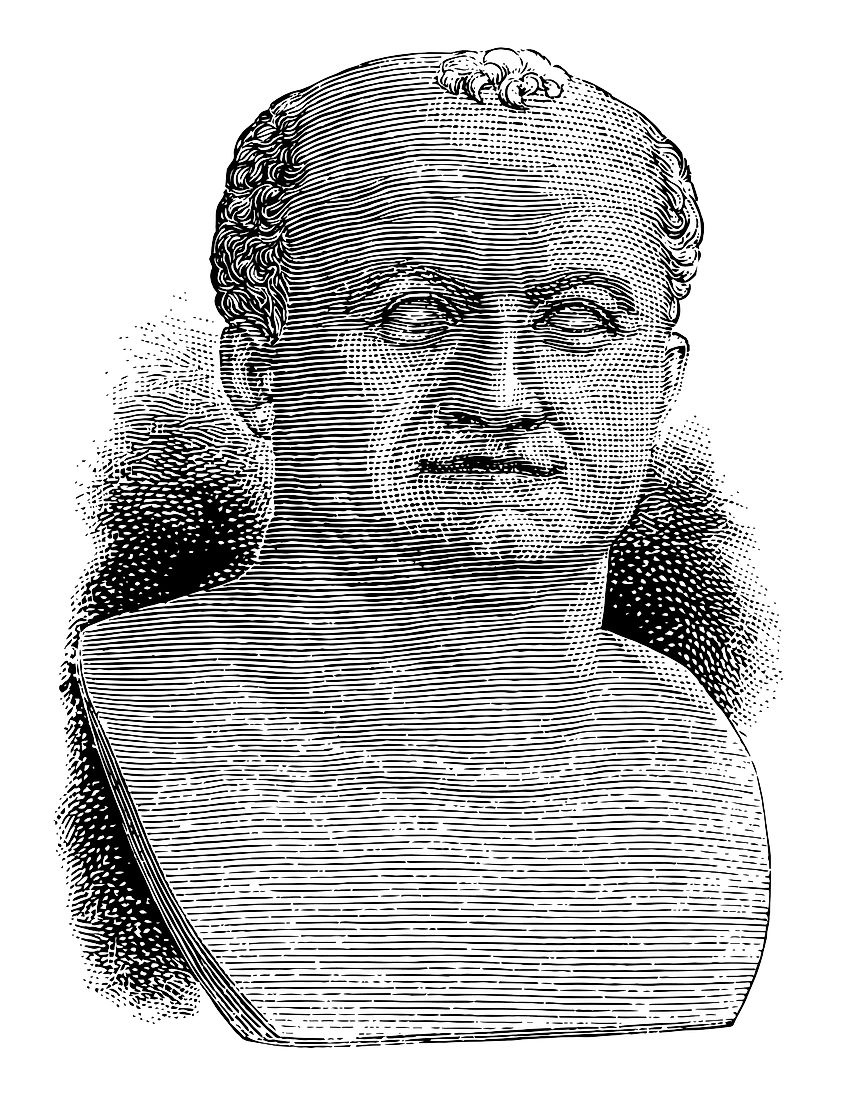
Vespasian had quite a successful career in politics and held numerous offices. He also had a fruitful stint in the Roman military. Vespasian played a significant role in the invasion of Britain in 43 AD, gaining respect from his soldiers and other generals alike.
In 68 AD, the ruler emperor Nero committed suicide after facing mounting pressure from both the Senate and the military. His sudden death not only ended the Julio-Claudian dynasty but also plunged the Roman Empire into another civil war. This period of chaos is known as the Year of the Four Emperors. Galba, Otho, Vitellius, and Vespasian all laid claim to the now-empty imperial throne in Rome. Luckily for Vespasian, at the outbreak of the civil war, he was stationed in Judea, preparing to put down a Jewish revolt.
Upon hearing the news of Nero's death, Vespasian gave command of his forces in Judea to his trusted friend Titus and dispatched a force made up of his other legions to march on Rome. Vespasian himself moved quickly into Egypt to control Rome's grain supply. Galba and Otho both died shortly into the conflict, leaving only Vitellius. Vitellius and Vespasian's legions clashed at the Second Battle of Bedriacum, which resulted in a crushing defeat for Vitellius and his allies. Vespasian's army marched into Rome shortly after. With Vespasian being the only claimant left standing, he was declared emperor on December 21st, 69 AD. Although it would take Vespasian another year in Egypt, consolidating his power before he finally felt confident enough to return to Rome in 70 AD.
The First Flavian Emperor (69 AD -79 AD)
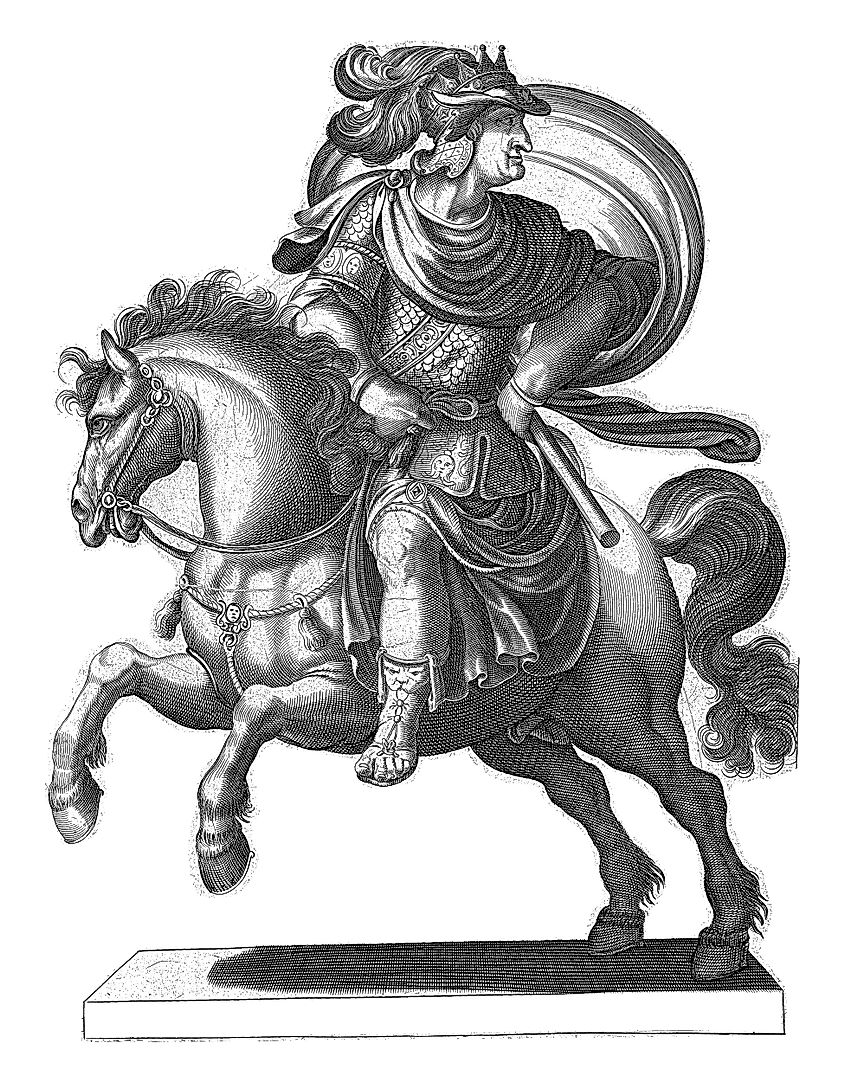
When Vespasian returned to Rome, he quickly repealed the hated laws that Nero had passed. He also pardoned many of the Roman aristocracy that took up arms against him during the war. Vespasian was often fixated on financial policies and tax reforms. The Roman Empire's treasury had nearly run dry multiple times during the reigns of Nero and Caligula, and Vespasian made sure not to repeat the same mistakes.
The Roman Empire fought many wars during this time, as it was still expanding. Although Vespasian was conservative with his spending, he often spared little expense when funding his legions. Undoubtedly the most lasting part of Vespasian's legacy was the construction of the Colosseum in Rome. Although Vespasian died only one year before its completion, he could still see his vision slowly become a reality. Vespasian died in 79 AD and was succeeded by his son Titus. This seamless transfer of power between Vespasian and his son was a welcome relief to many Romans who had lived through their fair share of civil wars and political strife.
The Rule Of Titus (79 AD - 81 AD)
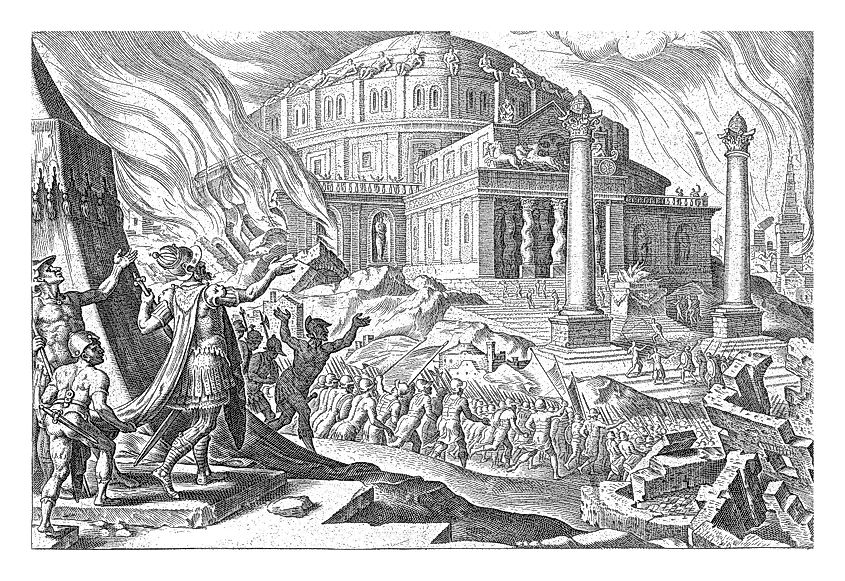
Even though there were no significant challenges to Titus's claim to the throne, there was still a large number of Roman aristocrats were still concerned about the new emperor's capabilities. The Roman elite was soon relieved of any apprehensions that they might have had about Titus as he began to demonstrate his governing abilities.
Titus is largely remembered for being emperor during the horrific natural disaster that destroyed the cities of Pompeii. In 79 AD, Mount Vesuvius erupted, burying nearby towns and settlements in a cloud of ash and washing away entire buildings in a flood of motion-hot lava. Titus was exceptionally generous to the victims of his tragedy and also lent a helping hand after a massive fire consumed a large portion of Rome in 80 AD. Titus also worked tirelessly to launch a new building campaign within Rome, either restoring older buildings or constructing new ones altogether. He also oversaw the completion of his father's dream which was the Colosseum. The First Jewish-Roman War was brought to a dramatic end during this time, resulting in the total destruction of Jerusalem.
The rule of Titus was tragically cut short after the emperor caught a fever and died in 81 AD. Only serving two years as emperor, Titus still left a lasting image as a kind philanthropist who cared for the common man. He was deified along with his father by the Senate after he died.
Domitian: The Last Flavian (81 AD - 96 AD)
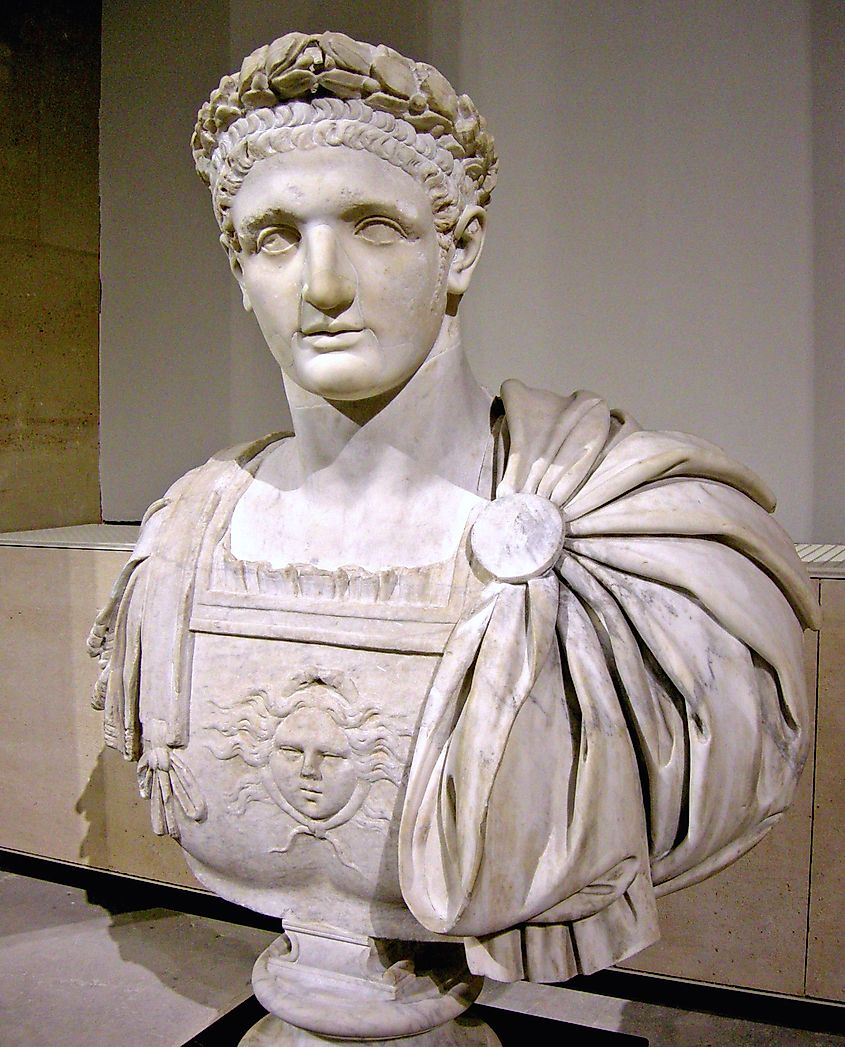
Domitian, Titus's younger brother, became emperor only a day after his brother died. He would go on to rule longer than any member of the Flavian dynasty and was the longest-ruling emperor since Tiberius. Taking after his father, Domitian focused on the economy early in his rule. He revalued Roman coins, revitalizing the economy and giving the common people more purchasing power.
He was also incredibly active on the military front. He passed new laws that strengthened the Roman border provinces and launched military campaigns in the British Isles and Dacia (modern-day Romania). The Dacians in particular were a stubborn and vicious enemy and even managed to deal devasting defeats to the Roman legions. Despite these setbacks, he was able to procure a satisfactory peace deal with the Dacians and at least ensured there would be no more fighting between the two peoples for the foreseeable future.
Domitian was generally liked by both the people and the Roman ruling classes, but as he grew further into his reign as emperor, he became paranoid. He started to openly accuse his senators of plotting against him and often questioned their loyalty. This eventually led to Domitian ordering mass executions of his perceived political rivals. The erratic and unpredictable behavior of Domitian led to his assassination in 96 AD by a group of conspirators that included members of the Praetorian Guard, political officials, and even his own wife. He was succeeded by his close friend Nerva, who then founded the Nervan-Antonian dynasty.
Although the rule of the Flavians did not last as long as the other political dynasties of Rome, they were responsible for either overseeing or directly facilitating some of the most iconic and legacy-defining moments of the Roman Empire. During their rule, the Roman Empire was brought back to an era of general stability and growth, which would become less common later.



